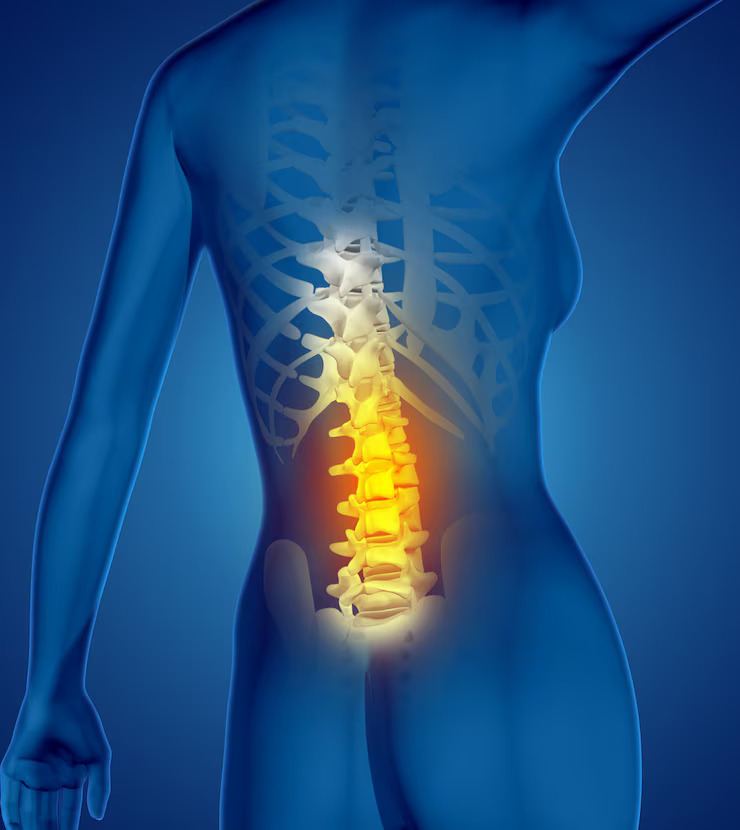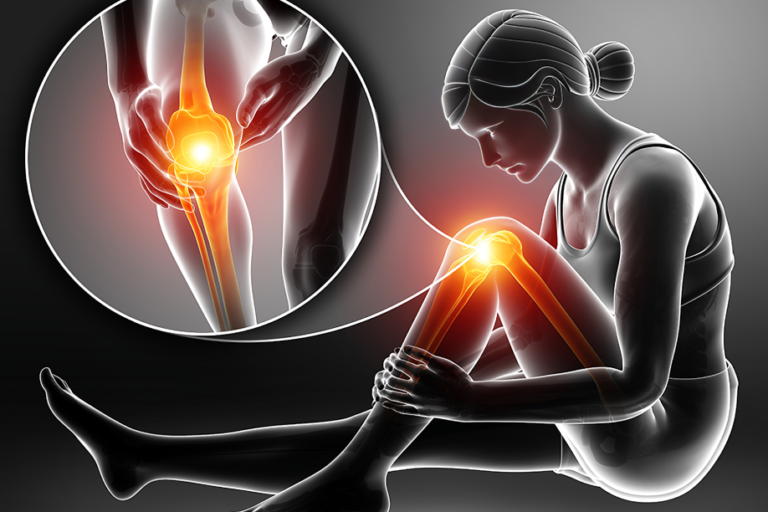Emerging Research And Innovations In Migraine Treatment.
Migraine, a complex neurological disorder characterized by recurrent episodes of severe headaches often accompanied by sensory disturbances, poses significant challenges for both patients and healthcare providers. Over the years, extensive research has shed light on various aspects of migraine, leading to the development of treatments aimed at providing relief and improving the quality of life for sufferers. In this article, we delve into the latest advancements in migraine treatment, exploring cutting-edge research and innovative therapies that hold promise for the millions affected by this debilitating condition.
To Know More About To Please Click Here
Understanding the Molecular Pathways
Recent research has deepened our understanding of the underlying molecular mechanisms involved in migraine pathophysiology. The function of calcitonin gene-related peptide (CGRP), a neuropeptide linked to migraine attacks, is one important discovery. Several novel therapies targeting CGRP or its receptors have emerged, including monoclonal antibodies and small molecule antagonists. These innovative drugs have shown remarkable efficacy in reducing the frequency and severity of migraines, offering new hope for patients who have previously struggled to find relief.
Precision Medicine Approaches
Advancements in genomic research have paved the way for personalized or precision medicine approaches in migraine treatment. Genome-wide association studies (GWAS) have identified genetic variants associated with migraine susceptibility, opening avenues for targeted therapies tailored to an individual’s genetic makeup. By understanding the genetic factors contributing to migraine, clinicians can better predict treatment responses and optimize therapeutic interventions, ultimately improving outcomes for patients.
Nonpharmacological Interventions
In addition to pharmacological therapies, emerging research has highlighted the effectiveness of nonpharmacological interventions in migraine management. Techniques such as neuromodulation, biofeedback, and mindfulness-based stress reduction have shown promise in reducing migraine frequency and intensity, offering alternative options for patients who may prefer non-drug approaches or have contraindications to pharmacotherapy. Furthermore, advancements in medical devices, such as transcranial magnetic stimulation (TMS) devices specifically designed for migraine treatment, provide novel avenues for delivering targeted neuromodulation and alleviating migraine symptoms.
Exploring Novel Drug Targets
Beyond CGRP, researchers are investigating additional molecular targets implicated in migraine pathogenesis. Serotonin receptors, ion channels, and inflammatory mediators are among the potential targets being explored for the development of new migraine therapies. By elucidating the complex interplay of neurotransmitters and signaling pathways involved in migraine, scientists aim to identify novel drug targets that could lead to the development of more effective and tolerable treatments for this condition.
Integrative Approaches to Migraine Management
Integrative medicine approaches, which combine conventional treatments with complementary therapies, are gaining traction in the management of migraine. Modalities such as acupuncture, herbal supplements, and dietary modifications are being studied for their potential role in migraine prevention and symptom management. While further research is needed to establish the efficacy and safety of these integrative approaches, they hold promise as adjunctive therapies that may enhance the overall treatment response and improve patient outcomes.
Conclusion
The landscape of migraine treatment is evolving rapidly, driven by advances in scientific research and innovative therapeutic strategies. From targeted biologics to personalized medicine approaches and nonpharmacological interventions, emerging treatments offer new hope for migraine sufferers seeking relief from the burden of this debilitating condition. As our understanding of migraine pathophysiology continues to deepen, we must translate these insights into tangible improvements in clinical care, ensuring that patients receive the most effective and individualized treatments available.
Also, Follow us on Instagram







